The harmful myth of the mosquito fleet
It is worth understanding one simple thing: the answer in its simple form, which one person could give, is not. The fleet is the continuation of the policy and strategy of the country as a whole, relatively speaking, this is the policy embodied in the metal.
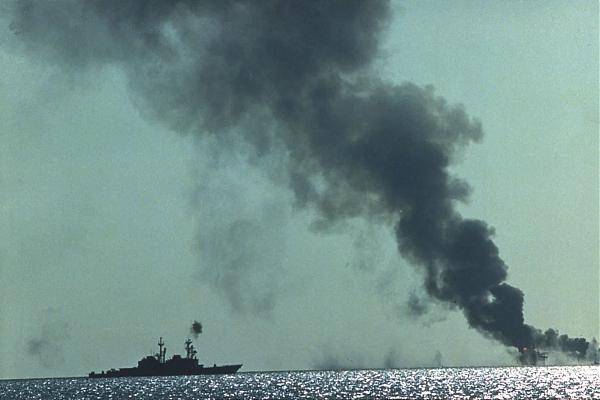
How would be solved the question of what kind of fleet we need in some ideal world, where decision makers know exactly what they want? The goals that a country should achieve in certain regions of the world in the next thirty to forty years, at least approximate, would be defined. Then, based on the General Staff, the political leadership would have to determine the list of military tasks that may have to be solved in order to achieve these political goals. Proceeding from this list, the General Staff (with the naval section), in cooperation with the General Staff of the Navy, would have to determine which part of these military tasks the fleet should solve.
Then it would be the turn of the Navy - knowing the approximate list of tasks that it would have to solve, the fleet would have to decide on the type and number of the ship’s personnel for this, and, starting from this, adjust the shipbuilding program for the tasks.
And then we would all know which fleet we need.
Of course, nothing would have been possible to foresee. Predictions of the future are a thankless task, even scientifically based. But to anticipate approximately - it would be quite possible.
In the absence of intelligible information “from above,” citizens may well make such an intellectual effort on their own and give an answer to the question “what do we want from the fleet?”, True to himself personally. If a large number of citizens do this, then a certain aggregate of people's expectations will turn out, which will quite objectively show what the population wants from the Navy, and these desires will actually be quite “legitimate” starting points for naval construction, at least one of them for sure.
In the meantime, there is nothing like that. The current decision-making system is very far from even normal logic, not to mention that it takes into account long-term political plans. Today there is no such accounting, but there are voluntaristic requirements of land officers of the General Staff, which the Navy, without bothering with anything, fulfills according to the principle “how much God will put it for everyone’s soul, if only everything converged in numbers”. For example, ships of the Buyan-M project 21361 appeared - a reaction to the GSH requirement to ensure the use of cruise missiles from specialized rocket ships on the one hand, and fleet awareness of budget constraints on the other. But this is wrong, it is the amoeba’s reaction according to the principle “I was pricked - I squeezed,” but everything should really start from the strategic priorities of the country as a whole.
We show how much the results of such a “strategy” can differ depending on the boundary conditions.
Assume that the SVR and the GRU independently receive information that NATO is planning a land invasion of Russia. We are not going to evaluate now whether this is real or not (unrealistic and impossible, but this is not the point), but let us estimate what our fleet should have been if “reincarnation” of the Great Patriotic War awaits us. Let's practice, so to speak, the brain with an abstract exercise. And we need a fleet in this case, which is able, firstly, to provide amphibious assault forces to help the army, secondly, to repel massive air strikes against convoys and ship groups, and thirdly, to provide guaranteed escorting along the coast when the enemy attempted to impose a blockade against us, to ensure the possibility of military transportation, and to keep important sea communications for Russia, primarily with Kaliningrad, the NSR, the Chukotka-Kamchatka-Primorye and Okhotsk lines th sea in general. And also able to prevent the enemy from landing. Of particular importance will be mine defense, and mine action forces in the fleet will be very impressive, along with landing and escort forces.
Or an alternative example. Russia is planning a pre-emptive nuclear strike on the United States. What do we need in this case? Then we need a fleet that can secretly detect and, by order of destroying, American SSBNs, secretly deploying high-precision carriers into the sea. weapons (even submarines, even surface ships) capable of delivering precise "surgical" strikes across the United States, destroying radar systems of SPRN systems, command posts, communications infrastructure with submarines, leaders threatening the fleet Aviation (anti-submarine) to provide the Strategic Rocket Forces enough time gain for a massive strike. At the same time, there are no alternatives to the fleet - there are no other forces that can fight submarines and hide in trade traffic with a supply of missiles on board, and so for weeks before receiving a command to strike, there is no one.
It is easy to see that we need different fleets in different cases, and this is normal - the fleet should be built “under strategy”, with an eye on political goals, and those military tasks that need to be solved in order to achieve them.
In fact, you have to have “in reserve” strength for many variants of events, but you still need to build on real tasks.
However, without being able to determine exactly how the Navy should be, we know exactly what it should not be. Not knowing exactly which image of the Navy will be optimal for the country, we know for sure a number of mistakes that cannot be made.
One of these mistakes is the orientation towards the so-called “mosquito fleet” - naval forces consisting of small warships with a small displacement - various kinds of combat boats, small rocket ships and the like. This idea, contradicting both domestic and foreign combat experience, as well as contradicting military science, has gained strange popularity in recent years. It is necessary to dissect it and show its utopianism in order to avoid the further spread of this malicious concept.
Ups and downs of small ships
Man like stories about how the weak defeated the strong. They like it because, according to the apt expression of one intelligent person, “this means that the intelligent has won the strong”, and empathy for such a phenomenon is embedded in us by evolution - we have succeeded as a form, winning the brute force with the mind. We are so arranged biologically. Initially, all the sympathy for small ships, supposedly capable of bravely go out to sea and sink an aircraft carrier there - they are from there. We just want to believe in it, and many lack the will to face the truth and admit that there is nothing behind this desire.
At the same time, a different press works, served by the Department of Information and Mass Communications of the Ministry of Defense of the Russian Federation, which joyfully praises any new ship as if it were the “Death Star”. New IRA? "The Death Star"! Another new IRA? Another "Death Star", even more deadly than before! Patrol ship? "Death Star" is doubly!
Of course, if we were building massively frigates, the main pressure of propaganda would be on the murderous super power of frigates. But we have massively built IRAs. And people who are unable to navigate the technical and tactical nuances, but who have confidence in the Armed Forces of the Russian Federation as a public institution, believe in the power of RTOs. In the current "edition" of "mosquito" fleet. Looking ahead, we note that “this is all here” does not come from the Navy, it is almost impossible to find an officer in the military service who sincerely believes in the omnipotence of ships with a displacement of up to 1000 tons, although opinions on their values can be very different.
Let's finally figure out how it is there in reality.
Historically there were two periods when a small surface ship, armed with the latest technology, turned out to be radically superior to the "ordinary" large surface combat ship. The first time was when the first torpedoes were invented, or as they were called in those days - self-propelled mines. In the last quarter of the XIX century, small ships, armed with torpedoes, did bring fear to the enemy, as it turned out that the previously built warships were often powerless against them.
But soon, with the change of generations of warships in large fleets, the superiority of the "destroyers" evaporated - the shipbuilders adapted to the new threat, such things as anti-torpedo nets appeared that allowed the ship to be protected from being defeated by the "missed" torpedo, rapid-fire guns appeared, allowing to shoot the attacker of the destroyer, increased the range of real fire ship artillery, the large ships increased speed, which sometimes allowed to evade torpedo attacks by maneuvering, were worked out with Corresponding tactics, became much stronger than the body, appeared anti-torpedo protection.
In the first quarter of the next, XX century, the destroyers, who were the main carriers of torpedoes, have firmly taken their place "on the sidelines" after large artillery ships. The Second World War showed that the main weapon of a non-avianosnogo surface ship is a gun. In the same war, it turned out that high-speed and maneuverable torpedo boats are incapable of harming the combat surface ships of large displacement. The Soviet experience with katerniki, desperately trying to sink small transport in the Black Sea and the Baltic should not deceive anyone - the largest warship Kriegsmarine, which they sank, he actually was a torpedo corvette, although the Germans classified it differently.
The take-off of small torpedo ships was short.
Not less short was the second period, when for a moment by historical standards. Small ships again became a significant force. This is the beginning of the era of anti-ship cruise missiles.
The beginning of this era loudly, to the whole world, was announced by the Egyptian Navy, which sank the Israeli destroyer Eilat with Soviet anti-ship missiles P-1967 in 15, launched from the Soviet missile boats. A little later, in the 1971 year, the Indian Navy, with the help of again Soviet missile boats, caused great losses to the Pakistani Navy, and carried out a successful raid on Karachi, using the anti-ship missiles to strike ground-based high-contrast targets in the port (fuel tanks).
Then the whole world hit the rocket theme, some small rocket ships and boats after others were created in NATO countries, even the US did not stand aside, creating a very effective Pegasus, but ... active interference put the effectiveness of the missiles "into question" already in 1973, in the course of the sea battles of the next Arab-Israeli war, when not a single Arab missile hit the target - the Israeli boats took them all into a disturbance. Since 1973, no anti-ship missiles hit the ship covered with interference. Small URO ships — boats or ISCs, still remained dangerous for any surface ship that would be in danger, but there was never such a “one-sided game”, as with the Eilat case, and the growth of power warships from the end of 70-x many times ahead of that for small ones.
In addition, the main enemy of surface ships in the war at sea, aviation, turned out to be truly deadly precisely against the "mosquito" forces, to a much greater degree than against large surface ships.
The rise of the power of small ships ended before it could begin.
And the combat experience is confirmed.
"Mosquito" forces in battle
Today, there are three vivid examples of how modern "mosquito" fleets have manifested themselves in battle with modern surface forces and aircraft.
The first of these was Operation Morvarid (Persian. "Pearl") - the destruction of most of the Iraqi fleet by Iranian aviation at the beginning of the Iran-Iraq war of 1980.
It was just a classic example of the collapse of popular ideas about the subject in Russia. The Iraqi fleet consists of missile and torpedo boats, operates in its coastal waters, is protected by fighter aircraft, which are on duty at the airfields located near. Familiar? This is so many people see the successful defense of their shores.
But alas. At first, the enemy concentrates the obviously large aviation forces that the defender has in the area, disables the airfield, gets a short-term opportunity to act unrestrictedly on the defender's waters, then, in the best traditions of Russian ideas about the subject, the Iranian corvette drowns with its missile boats what appear the planes and destroy 80% of the Iraqi Navy, including all the naval forces involved in the operation. Nothing helped - neither the presence of an airfield with air defense fighters, nor in time (the keyword!) Arrived to the aid of more modern interceptors from other airfields.
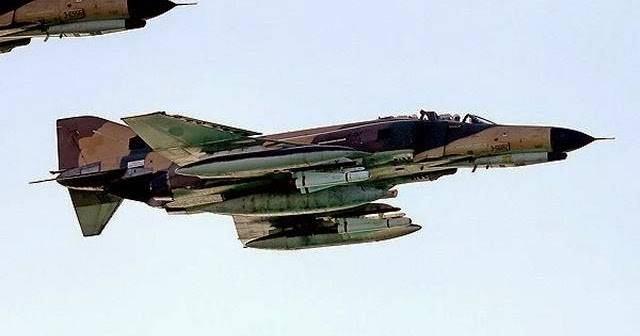
The result - the defeat of the sea, the bonus - the objects of Iraq’s oil production destroyed by the “commandos”. The “mosquito” fleet, in number comparable to the number of small surface ships that we have, for example, on the Black Sea, was destroyed in about five minutes. Not an hour, not half an hour. During the attack, lasting for five (and in fact even less) minutes. Without taking into account the flying time of the aircraft, of course.
The second time the “mosquito” fleet was able to prove itself in all its glory during the American operation “Fire on the Prairie” against Libya in 1986.
24 March 1986, the American Air Force began to strike at Libyan forces at sea. On the night of March 25, the Libyan MRC of 1234 Ain Zakit was discovered by the DRLO plane. That day the Americans attacked this ship. First, the MRK received a hit released from the deck attack aircraft of the RCC "Harpoon", then, the already burning MRK was finished off with bombs and sank.
A little later, another second missile of the same project, Ein Mara, was hit by another missile, which received heavy damage. Another victim of the Intruder was a missile boat of French construction, also sunk. There were no casualties among the Americans; they did not open fire on them. It is worth noting that at the time of their attack by the Americans, the cruiser URO "Yorktown" was in the affected area of both ISCs. But they did not even see him, and did not try to attack. Soon the Americans began to attack the Libyan territory. The mosquito fleet did not just help, it didn’t show itself at all.
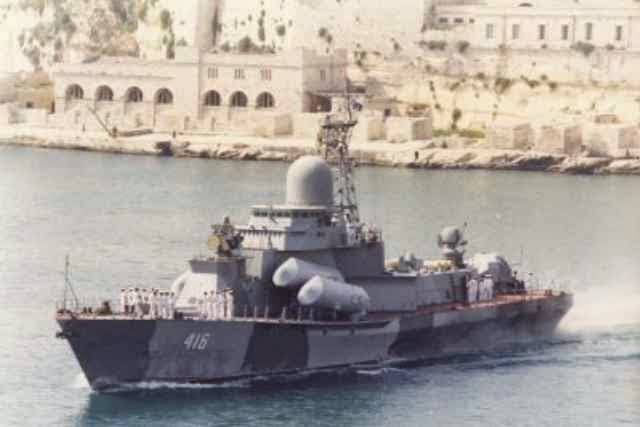
The third example of the fact that small ships are powerless against a full-fledged fleet was given by the Iranians. During the American operation “Mantis” in 1988, when the United States set out to end the “tanker war” in the Persian Gulf and mine Iranian neutral waters, they sent a group of warships there to “educate” the Iranians, who were the main “instigators” of attacks on tankers with oil and mining. For the Americans, this was the first naval battle since the Second World War.
18 April 1988, the Americans destroyed the artillery platform in the sea, which Iran used as stationary bases. After that, Iranian motor boats with light weapons began shelling tankers in the Persian Gulf. One of the motorboats was sunk by deck aviation, the others retreated. Immediately behind this, the Iranian Navy's small missile corvette “Joshan” (essentially a rocket boat with a displacement of 265 tons, armed with “Harpoon” missiles) attempted to attack the cruiser URO Wainwright.
However, the cruiser took away the Iranian anti-ship missile with jamming and a retaliatory missile strike and sank the Iranian ship. The Iranians tried to strike the cruiser with a pair of "Phantoms", but they did not break through anti-aircraft fire, then the American compound tried to attack two Iranian small (1100 tons, slightly more than the IRC "Karakurt") missile ships, which, however, in Iran considered frigates. The result - one is sunk by deck aviation, the other is destroyed by it, but towed to the port.
Mosquito fleet again did not pay off.
It was natural. Large surface ships have much more powerful radars capable of detecting a target from such a distance from which no corvette or MRK will find anything, large surface ships are slightly farther away than the radio horizon due to the greater height at which the radar antennas are located, it has an incomparably better jamming complex . And against aviation, "toy" SAMs of small ships are almost useless.
What conclusions can be drawn from all the above examples? And the conclusions are: the “mosquito” fleet can only do something when the newest small ships equipped with the newest weapons collide in battle with ships built according to the technologies of the previous era. Both Eilat and Pakistani ships belonged to the era of the Second World War, and the Soviet-era RCA was the newest at that time, like their missiles. It is necessary only to reduce the gap in technology, as the effectiveness of mosquito fleet admiring contemporaries immediately disappears, and the superiority of other forces in weapons begins to work, in the range of detection and hitting the target, in survivability.
In addition, the battles after 1973 clearly show that, firstly, anti-ship missiles do not break through interference, and secondly, small ships sometimes cannot detect a target in time - so the Libyans couldn’t detect Yorktown in time. This is also very significant.
But maybe these are Arabs and Persians, such useless warriors, and the experience of the USSR speaks of some other results? Not really.
Soviet experience
For the time being, the Soviet Navy did not have aircraft carriers, did not develop any offensive doctrines, and did not seek to obtain expeditionary capabilities. Although the operation had to be carried out in Africa. The main tasks in the Navy during the Cold War was to deter the enemy (US) from aggression. It must be said that until a certain moment the fleet strategy, invented by SG Gorshkov, worked perfectly. The Navy carried out US nuclear deterrence with the help of ballistic missiles equipped with SSBNs, and at the “local” level restrained the US Navy, keeping the Americans at gunpoint. The direct tracking ship was supposed to follow the American ships, ensuring the issuance of target designation to shock forces that were at a safe distance. Such a scheme, although it “gave up” by suicide for a tracking ship, but for many years it provided serious pressure on the enemy.
At the same time, the most interesting thing is where the Soviet Navy was going to give the Americans the first battle.
Soviet strategists proceeded from the fact that war would develop from a political crisis into a full-scale conflict very quickly, and it would be impossible to deploy fleet forces at dangerous for the USSR theater of operations. Therefore, the fleet had to be deployed in advance. Within the framework of this concept, the USSR kept combat-ready forces ready to join the battle immediately in all theaters, from where it could be attacked by the Americans and their allies. These forces were reduced to operational squadrons (opsk) non-permanent composition. Here is their list with the regions for which they were responsible:
5-I operational squadron - the Mediterranean Sea;
7-I operational squadron - the Atlantic Ocean;
8-I operational squadron - the Indian Ocean and the Persian Gulf;
10-I operational squadron - Pacific;
17-I Squadron - South China Sea (based on Cam Ranh, Vietnam)
We will not now find out whether that strategy was correct. There were also doubtful moments. Another thing is important - the Soviet Navy saw with the key to solving the country's defense problems the removal of defensive lines to where the enemy was going to accumulate forces and from where he was going to beat - to the far sea and ocean zones. Even sea rocket-carrying aircraft in the late 80-x received a “long arm” - the missile-carrier Tu-95K-22, armed with anti-ship missiles X-22. Admiral S.G. Gorshkov rightly characterized the fleet under his leadership as “oceanic, nuclear-missile”. If the USSR had existed for another ten years, a third one would inevitably be added to these two characteristics - “aircraft carrier”.
Small ships in the USSR Navy, however, were, but as part of a “large” fleet with limited missions. First, in the USSR, there were IPC - small anti-submarine ships, whose task was the PLO in the coastal and near-sea zones and ensuring the actions of nuclear submarines (the ocean component) at the exit from the bases. Secondly, the RCA and the IRAs, of which there were a lot in the Soviet Navy, as it were, were “propped up” by the ocean fleet, and contributed to the fact that it could carry out its tasks.
For example, while the TFR, destroyers and cruisers carried combat services in the central part of the Mediterranean Sea, occasionally showing up in the western, MRKs could hide in the Aegean Sea, among numerous islets, forming another defensive echelon. Similarly, in the Northern Fleet, while naval missile-carrying aircraft, surface fleets and submarines attacked NATO's naval forces in the Barents Sea, RTOs could conduct raid operations in the Norwegian fjords, in search of enemy ships hiding there. There were similar developments for the Kuril Islands. The Soviet "mosquito" fleet actually existed, but as part of the "ocean, nuclear missile."
The Navy did not fight at sea with an equal adversary, but theoretical developments of the fleet, the experience of the exercises, both with real maneuvering of ships and command and staff, showed that the combat stability of ships of the near sea zone without a squad of forces delivered to the far sea zone is not provided. And it is true that any nuclear submarine can, while in the submarine sound channel, track the movement of enemy ships from tens of kilometers or more, having flown from “dangerous” depth, it can attack BMZ ships with torpedoes and anti-ship missiles, and break away from pursuit of “jerk” with care safe distance.
What is needed to prevent her from raiding? It is necessary to sink it in the DMZ, either with its own submarines, or with the patrol aircraft, or with the DMZ surface ships.
What did the typical outfit of forces look like that ensured the release of the SSBN from the base during the threatened period, given the presence of the enemy at the range of his weapon use? First, from a brigade (6 units) to two (12 units) small anti-submarine ships - the IPC. They would force out, attacking by means of the weapon, or would drown enemy submarines in an ambush on exits from base or bases. Secondly, the very forces in the far sea zone - TFR. Etc. 1135 are high-speed and dangerous submarine hunters, with good speed to the same. About 3 units in our case. Aviation - about the regiment of anti-submarine aircraft, possibly a mixed air regiment - airplanes and helicopters. DEPL brigade, from 6-t of ambush submarines in narrow places in places where an enemy submarine can “slip” into a protected area where deployment takes place.
It is not difficult to see that these are just anti-submarine forces, ensuring the release of SSBNs from bases, and no more. And representatives of the "mosquito" fleet in the composition of these forces are, but they are not limited to.
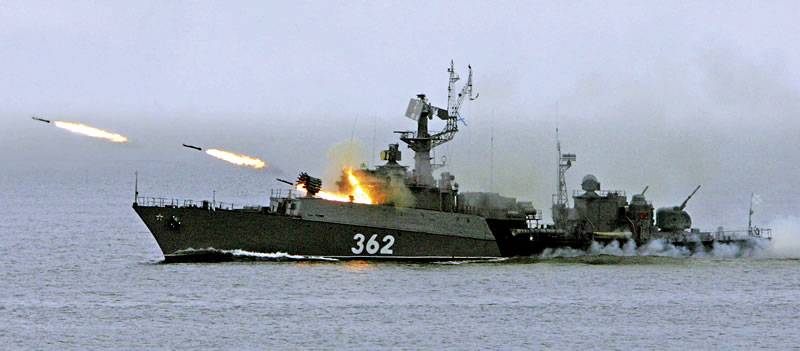
And in the DMZ, there are already other forces — multipurpose submarines to protect SSBNs, providing air defense interceptors in the air, destroyers and missile cruisers to retain dominance at sea and not allow adversaries to hold water areas, and so on.
As can be seen, even in the USSR Navy, where all sorts of small warships flourished and massively stood in the ranks, they were not limited to one thing, and they were not even close to the main kind of forces in the Navy.
Just because a single “mosquito” fleet cannot really do anything, cannot even defend itself, and even less a country. This was confirmed by Soviet theoretical developments, this was confirmed by foreign combat experience.
And today this point of view is still valid.
Rocket gunboats and patriotic myths
The history of the return of such a class of ships as the IRA was discussed in the article “Does the fleet need small rocket ships?” In short, as is well known, the Main Command of the Navy today is not a full-fledged body of military control, no single fleet commandand the powers of seafarers regarding the development of TTZ for new ships are somewhat limited - the question of what to build for them may well be “adjusted” by the General Staff, acting according to its own, “land-based” understanding.
As a result, the Navy at a certain point in time received from the GSH the requirement to ensure the use of long-range cruise missiles from "specialized rocket ships." Assessing economic restrictions, the Navy did not come up with anything better than writing a TTZ on a hybrid of a small artillery ship for rivers and shallow water (the Buyan 21360 project) and the installation of a vertical launch of 3С-14 missiles. Along the way, a new ship, in accordance with the trends, received imported diesel engines. So was born the project 21361 "Buyan-M" - the very ships that were allowed to "Calibres" on targets in Syria.
I must say that it would be possible to start up the Calibers from modernized submarines and from modernized surface ships of old types, from more or less multi-purpose corvettes - if someone had built them. But the issues of modernization of the available ships and submarines "under the" Caliber "of the Navy did not bother absolutely. As a result, it all ended with the construction of highly specialized "UCSS carriers", expensive, non-seizure, with engines under sanctions. The next “iteration” of the MRK - the 22800 “Karakurt” project is nothing more than an attempt to fix the obvious gaps in the 21361 program, taking into account the situation with diesel engines for “Karakurt” - an attempt that is clearly not successful. It would seem that there is no reason for delight, but here our press clearly overdid it, praising these "kids."
Obsessive advertising of what supernatural new IRAs made the masses not only believe in it, but also surround this conceptually outdated class of ships with a whole host of legends. Legends of the super powerful mosquito fleet took their places in shaky minds, gave rise to a stratum of narrow-minded ideas irrelevant to reality relating to naval construction, and these ideas, in full accordance with VI. Lenin, have become a material force. And now Russia is focused on RTOs.
On the other hand, it is worthwhile to dismantle the myths made by the honorable public in the operation of this class of ships.
Myth1. IRAs can quietly reach the line of launching missiles on an aircraft carrier. The answer is no, the aircraft carrier is attacking the coast from the far sea zone and continuously maneuvering. IRAs will not hijack him, and he will not be able to use a weapon at a great roll. A carrier - can.
Myth 2. IRAs can reach a surface target from thousands of kilometers. The answer is no, missiles designed to strike ground targets fly several thousand kilometers, anti-ship missiles do not fly at such a distance. This is due to the need to have a heavy GOS on board the missile, and, as a result, the lack of space for fuel. Approximately 380 kilometers range of the "anti-ship" "Caliber", no more.
Myth 3. The various types of radar radar systems will be able to give the target radar target, which it can shoot at safe distances. The answer is no, SGRLS does not provide sufficiently accurate information about the “contact”, it is impossible to get information about the movement parameters of the target (course, speed) through it, sufficiently accurate to use a rocket attack with their help.
Myth 4. The 21361 IRAs can launch missiles through ships and "keep the US Navy at bay." The answer is only with an external DD, by itself it cannot launch missiles at surface ships. Sad right?
It would be possible to continue for a long time, but it makes no sense - those who liked the idea of super-rationality and the incredible utility of the mosquito fleet may already begin to think. Although, for example, another representative of the "mosquito" fleet - a small anti-submarine ship, the IPC, could be much more useful.
Сonclusion
So does Russia need a "mosquito fleet"? Partly. In the correct version, there would be a certain OVR corvette capable of fighting a submarine, having an advanced air defense system, a weapon and not very expensive. But in general, we urgently need anti-submarine ships - corvettes and frigates. Our main enemy in BMZ is not surface ships, but submarines and partly aircraft. It is here that our small ships must be focused on fighting them.
Strikes on surface ships are the 1 number only in the Baltic, which may require it to create certain types of ships, for example, modern high-speed subtle rocket boats. But this is an exception acting on a specific theater, and there is no need to make any global conclusions. Mostly need precisely anti-battleheads. Mosquito fleet in Russia may well exist, but firstly, it will be auxiliary (to ensure the same output of the submarine from the bases, to guard convoys and amphibious units at transitions), and secondly, mainly anti-submarine. The new small ships of the future will have a powerful air defense system, which is much more powerful than the existing IPC or IRAs have. This is due to the increase in air power of our potential opponents.
But the most important thing to remember is: this mosquito fleet will under no circumstances become the basis of the military power of the Navy. The idea of betting on it or being limited to small ships is inoperative and unable to lead to anything except heavy and insulting losses.
Any other statement is no more than another myth.
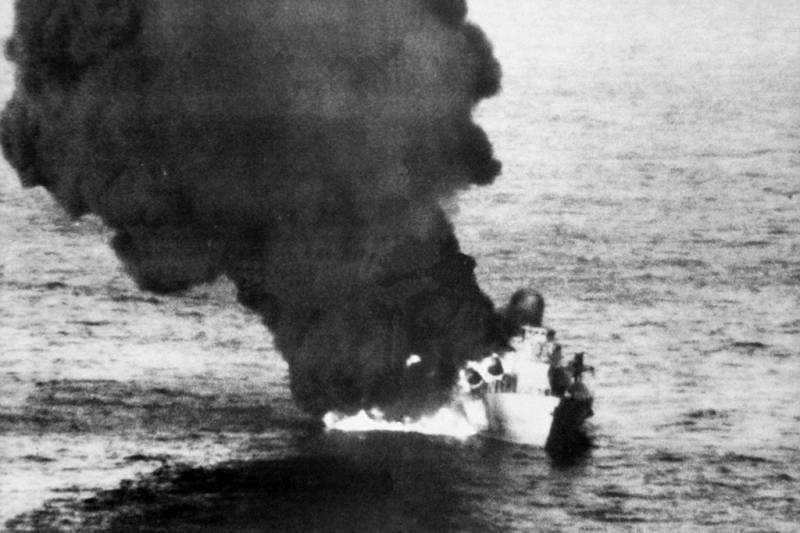

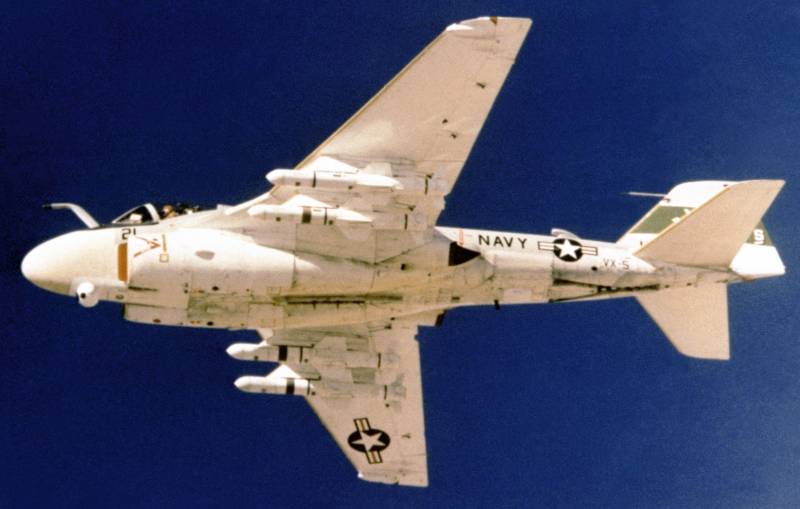
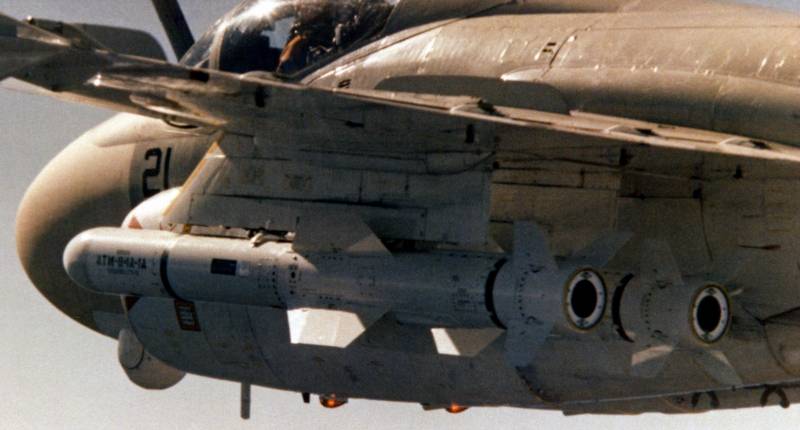
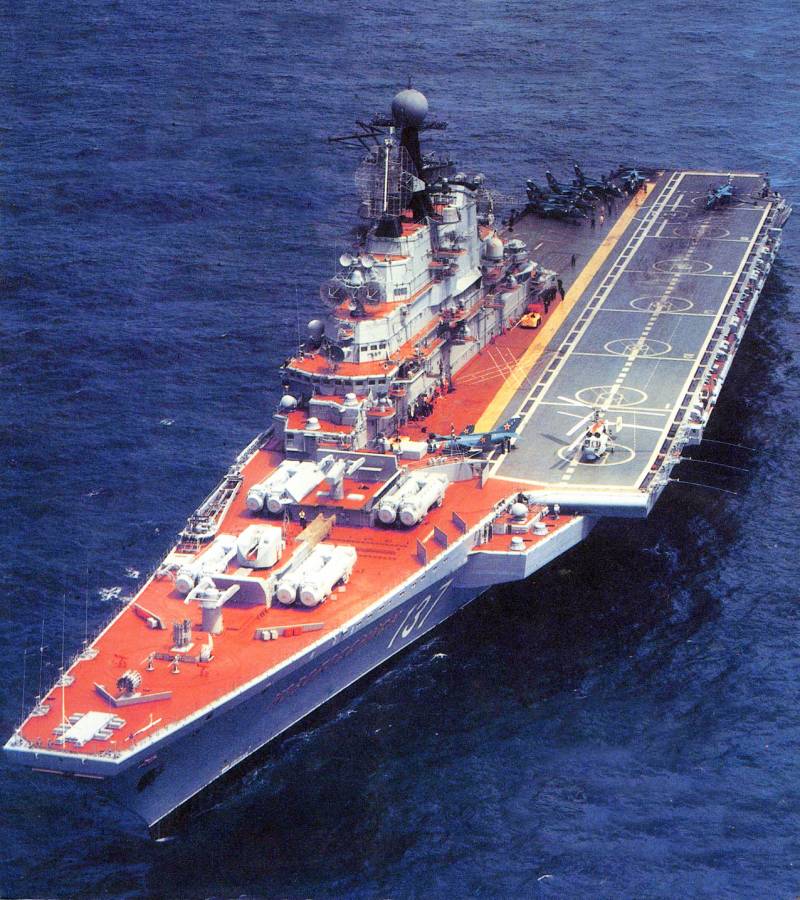
Information